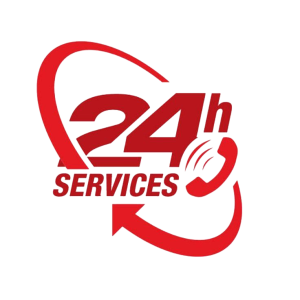##Market Overview##
### #Present Industry Metrics#
The European automotive parts sector currently generates over €350 billion annually, experiencing a compound annual decrease of 4% since 2019[2][9]. This contraction contrasts with 250+ branch networks maintained by major distributors like Euro Car Parts[1][7][15]. Workforce metrics indicate 2m industry professionals sustain operations across manufacturing and distribution channels[2][9]. https://carparteu.com/
### #Electrification Impact#
Accelerated adoption of hybrid vehicles drives 17% annual growth in battery components demand, offsetting declining internal combustion engine parts[2][5]. The EU’s 2035 combustion engine ban threatens 28% revenue reduction for traditional drivetrain suppliers[2][5].
##Compliance Ecosystem##
### #Type Approval Mandates#
EU Directive 2007/46/EC enforces system-level compliance through ECE certifications covering 150+ technical regulations[3][10][14]. KBA-approved testing facilities validate emission thresholds using R156 software update protocols[14][10].
### #Right-to-Repair Legislation#
The 2024 EU Design Regulation dismantles OEM repair monopolies for headlamps, generating projected €720 million annual savings through independent workshop empowerment[5]. Transition periods vary: immediate implementation across member states based on existing national laws[5].
##Distribution Networks##
### #Key Market Players#
SPEurope dominate cross-border logistics with 500,000+ SKUs across 28 EU markets, leveraging in-house fleets for next-day delivery[4][8][11][13]. EUROPART specialize in truck trailer parts, maintaining 300+ warehouses[12][13].
### #Compliance Mechanisms#
E-Mark certification ensure safety compliance through RSA-2048 encryption of LED lighting systems[6][14]. GSF Car Parts enforce VIN validation on aftermarket alternators[1][15].
##Technological Disruption##
### #E-Commerce Transformation#
Platforms like ALVADI.COM utilize VIN decoders achieving 5 million monthly queries, integrated with blockchain tracking[8][12][15]. SPEurope deploy 3D parts visualization across 100,000+ OE references[4][11].
### #3D Printing Adoption#
Aftermarket suppliers pilot on-demand spares production for discontinued components, reducing lead times by 43% through localized print hubs[9][13].
##Strategic Challenges##
### #Profitability Stress#
Intensifying competition from Asian exporters forces cost-optimization initiatives among French OEMs[9][10]. GSF counter with 190+ pickup points offering 30-minute fulfillment[1][15].
### #Skills Shortage#
The automotive mechatronics transition creates 38,000 unfilled positions, prompting VR training simulators with manufacturing academies[12][15].
##Future Projections##
### #Circular Economy Models#
Remanufactured assemblies target €22B valuation through EU End-of-Life Vehicle Directive incentives[5][9]. Motor core refurbishment centers emerge near logistics corridors[2][14].
### #Autonomous Vehicle Readiness#
LiDAR calibration kits require ASIL-D certification, driving €3.4B R&D investments across Barcelona tech clusters[10][14].
##Conclusion#
#The EU automotive parts sector maneuvers through dual disruption from electrification mandates. industry leaders will balance compliance rigor with digital agility. As 2035 deadlines approach, strategic pivots toward software-defined vehicle architectures separate consolidators from legacy providers[2][5][9][14].#



